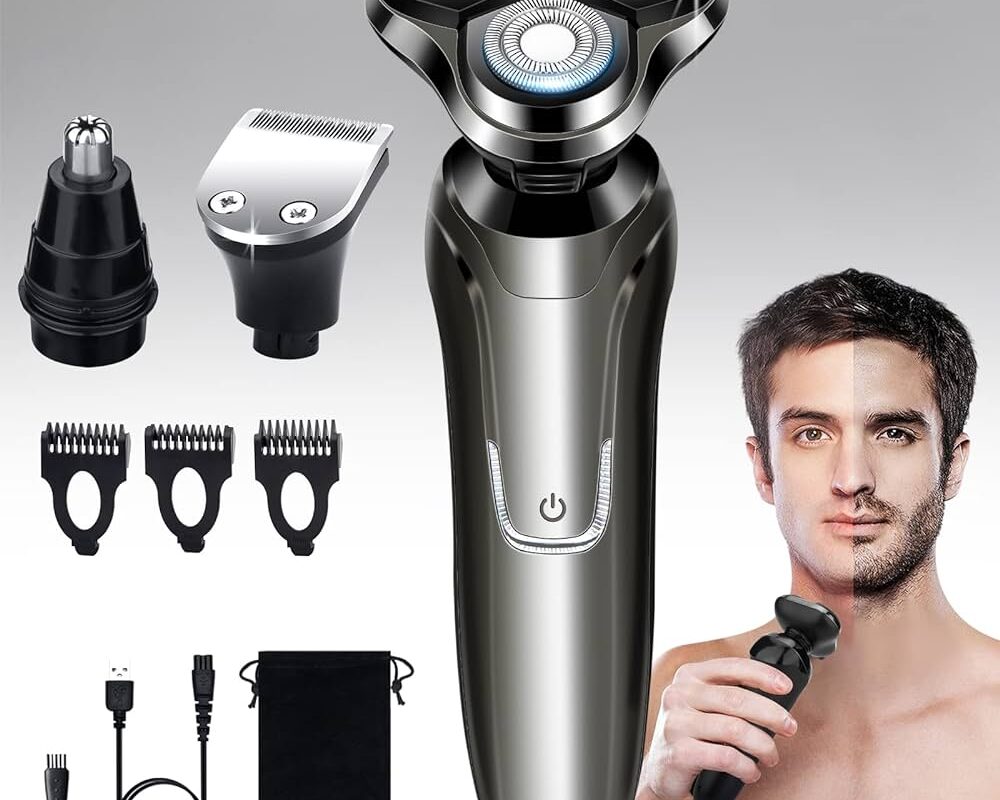Shavers have come a long way since the early designs. From razor blades being manually dragged across skin to modern electric and foil shavers, the evolution has been remarkable.
Early Shavers
Some of the earliest forms of shavers date back to Egyptian and Roman times where men would use sharpened shells, animal horns or rocks to remove hair. This was a tedious and potentially dangerous task given the crude materials used. In the late 1800s, the first primitive safety razors began emerging which involved clamping a razor blade into a protective case. While safer than early methods, the blade still needed to be passed repeatedly over skin for a close shave.
The Introduction of Electric Shavers
A major breakthrough came in the 1920s with the invention of the electric Shavers. In 1921, the Remington company produced the first electric shaver that used rotating cutters to remove facial hair. Though bulky and inefficient compared to today’s standards, it eliminated the dangers associated with razor blades. The introduction of foil shavers in the 1950s further advanced shaver design by using a thin flexible foil with slots that hair would poke through to be cut. This allowed for a closer shave compared to early electric models.
Modern Shavers – Rotary vs Foil
Shavers today generally fall under two main categories – rotary and foil types. Rotary shavers have circular cutting elements or rotary blades that rotate back and forth to slice hair short. They work well on all areas of the face and can give a very close shave with just one pass. However, they are not as gentle on skin as foil shavers. Foil shavers use a very thin, perforated steel foil with slots that hair protrudes through to be clipped short by a cutter bar located beneath. They glide smoothly and gently along contours but may require more passes for complete hair removal.
Wet/Dry Shavers
A relatively new innovation is wet/dry electric shavers that can be used with gel, cream or foam for shaving. The inclusion of waterproofing allows them to cut with equal efficiency regardless of using them in the shower or over a sink. This added convenience and versatility has made wet/dry a popular choice. With IPX7 water resistance, the shaver can even be rinsed under a tap after use.
Shaver Features and Technologies
Modern shavers pack in numerous features for performance, comfort and convenience. Popular additions include –
– Lift and Cut Action: Raising foils or rotaries slightly before each pass helps capture flat-lying hair for a closer cut.
– Nanotechnology: Nanofunctionalized foils/blades reduce friction for a seamless glide.
– Skin Protection: Features like rounded foils, micro-comb trimmers and pivoting/flexing heads gently hug contours to reduce skin irritation.
– Precision Trimmers: Separate trimming slots get nose, sideburns and facial contours.
– Specialized Shaver Heads: Heads tailored for specific areas like body, nose and ears.
– Self-Sharpening Blades: Rotary blades that stay honed for consistent performance long-term through automatic sharpeners.
– Washable Heads: Heads that can be removed and cleaned under water.
– Charging Options: Quick charging, wireless charging models and options for cordless use while charging.
– Display /App Connectivity: Virtual trimming guide, battery/cleaning reminders through LED displays or companion apps.
– Ultra-Slim Contours: Feather-light grips that easily manoeuvre around facial curves for flawless finishing touches.
*Note:
1. Source: Coherent Market Insights, Public sources, Desk research
2. We have leveraged AI tools to mine information and compile it



